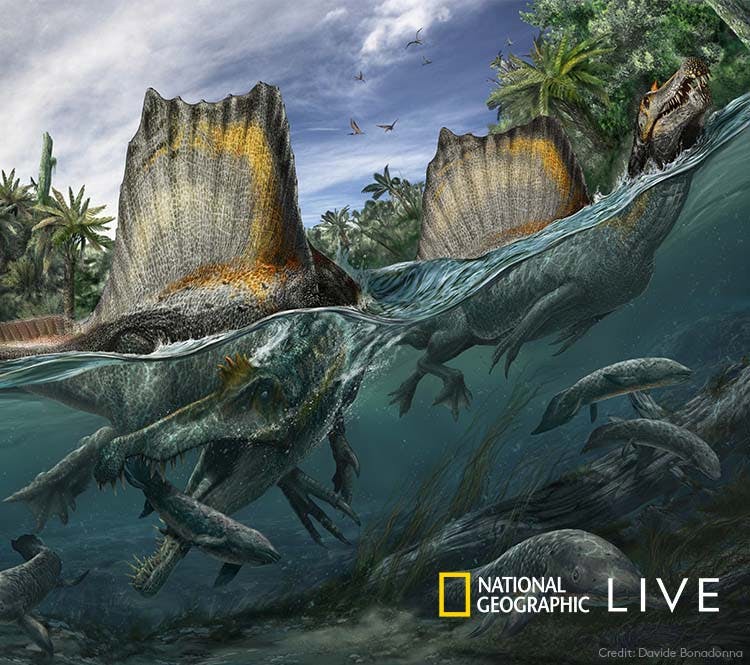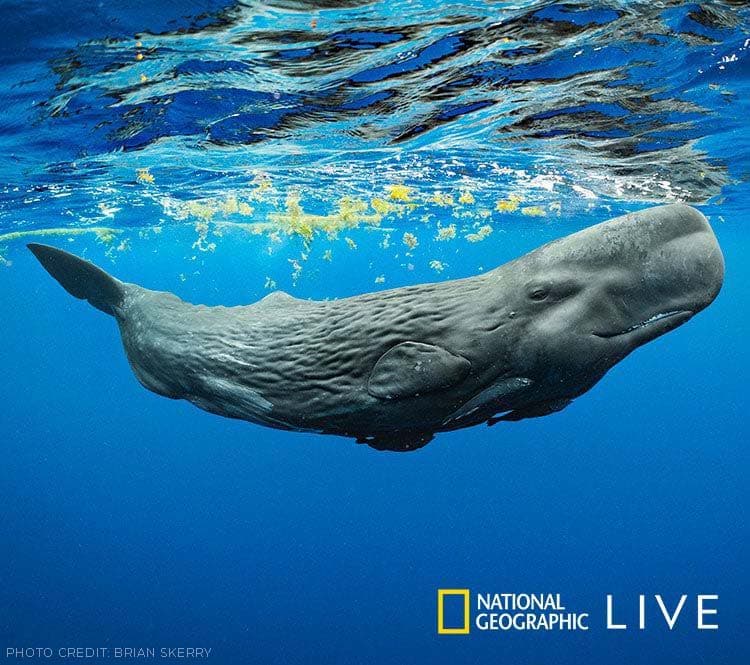Nizar Ibrahim, Paleontologist
German/Moroccan paleontologist, anatomist, and National Geographic Explorer Nizar Ibrahim scours the vast deserts of North Africa for clues to life in the Cretaceous period, when the area was a large river system teeming with a profusion of diverse life. One of the youngest explorers ever to lead expeditions to the Sahara, he has unearthed spectacular dinosaur bones, rare fossil footprints, giant prehistoric fish, crocodile-like hunters, and a new species of giant flying reptile with a 20-foot wingspan that lived 95 million years ago.
For many years Ibrahim has been obsessed with one of the great mysteries in paleontology: the giant predatory dinosaur Spinosaurus. In a tale for the ages, Ibrahim managed to find "a needle in a desert," as he puts it, uncovering one of the most bizarre animals ever to evolve. Ibrahim's remarkable story and the findings of an international team of scientists were published in the journal Science and as a cover story for National Geographic magazine. What has been unveiled appears to be the first truly semiaquatic dinosaur, Spinosaurus aegyptiacus.
In 2014 Ibrahim was named a National Geographic Emerging Explorer, and in 2015 he was named a TED fellow, the first paleontologist in the history of TED. Also in 2015, he was named one of Chicago's 40 under 40 by Crain's Chicago Business. Ibrahim is an assistant professor of biology and currently teaches anatomy and evolutionary biology at the University of Detroit Mercy. His work has been featured in several major documentary films (National Geographic, NOVA, BBC, ZDF) and high-impact publications, including The Wall Street Journal, Nature, Discover Magazine, and The New York Times.
Dr. Michael D. Gottfried, Moderator
Mike Gottfried is a paleontologist in MSU’s Department of Earth and Environmental Sciences and at the MSU Museum.
He has conducted research on the giant ‘megatooth’ shark, a (thankfully) extinct 50-foot-long relative of Great Whites. This led to appearances in films for the Discovery Channel, BBC, and National Geographic. Dr. Gottfried has been on expeditions to Madagascar and led teams to Tanzania, discovering a range of noteworthy fossils including dinosaurs, bizarre crocodiles, and early mammals. He currently heads a project investigating the ‘deep time’ history of the subantarctic Falkland Islands (Islas Malvinas), supported by the National Geographic Society and the Shackleton Fund. Dr. Gottfried also leads student study abroad programs and alumni trips to Iceland and Antarctica, and he has been a lecturer and guide on expedition cruises to the Russian Far East, Spitsbergen, Greenland, and Antarctica.
Photo Credit: Davide Bonadonna


